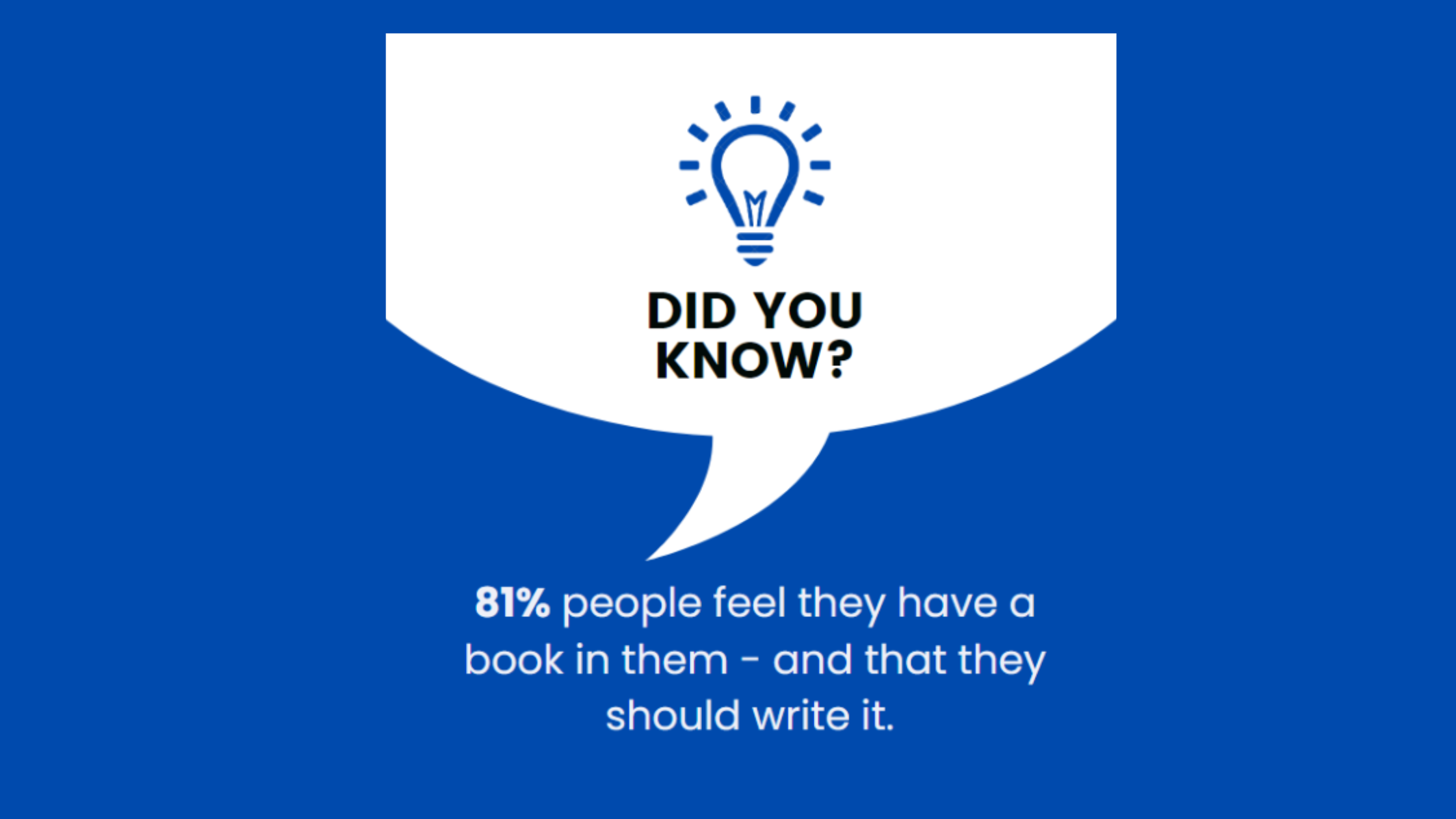A practical guide to share your life story, preserve memories, and create a lasting legacy for future generations.

Every life is a unique tapestry of experiences, emotions, and lessons. Your life story is a precious legacy that deserves to be preserved and shared with future generations. Whether you want to create a memoir, a family history book, or simply share your experiences with loved ones, crafting your life story is a meaningful endeavor.
Sharing our life stories is an essential part of preserving our personal history and leaving a lasting legacy. It allows us to connect with loved ones, inspire others, and impart our wisdom to future generations.

In this guide, we'll walk you through the process of sharing your life story, from organizing your thoughts to choosing the right medium for your narrative.
Sharing your life story holds numerous benefits, both for yourself and those around you. It enables you to preserve your family history, connecting the past with the present. Additionally, sharing your story can foster a deeper connection with loved ones and create a sense of belonging.
Moreover, by sharing your experiences and lessons learned, you have the power to leave a lasting legacy that can positively impact others.
Before embarking on the journey of sharing your life story, take some time to reflect on why you want to do it. Is it to pass on wisdom to your family, inspire others, or simply record your memories for personal fulfillment? Understanding your motivation will guide your approach.
Collect photos, documents, letters, and any memorabilia that can help you reconstruct your life's timeline. These items will add depth and context to your story.
Start by jotting down key life events, turning points, and significant memories. Consider creating a timeline to help structure your narrative.
Writing a memoir is a popular way to share your life story. This medium allows for a detailed and personal account of your experiences. It can be published as a book or kept as a family heirloom.
Recording your story as an oral history can be a powerful way to preserve your voice and emotions. You can do this through audio or video recordings, which can be shared digitally or stored for future generations.
If you're visually inclined, consider creating a scrapbook or photo album with captions and anecdotes. This approach combines visual elements with storytelling.
Incorporate technology by creating a digital story using multimedia elements like photos, videos, and audio recordings. This format can be interactive and engaging.

Begin your narrative with a captivating hook or anecdote that draws readers or listeners in.
Share your true self, including both triumphs and challenges. Authenticity makes your story relatable and inspiring.
Divide your life story into chapters or sections, focusing on different periods or themes. This helps maintain a structured narrative.
Don't just recount events; include reflections on how these experiences shaped you and the lessons you've learned.
Editing is crucial to ensure clarity and coherence. Consider seeking the assistance of a professional editor or writing group.
Consider who your intended audience is. Are you writing primarily for family, friends, or a wider readership? Tailor your approach accordingly.
To captivate your audience, use visuals and multimedia elements to enhance your storytelling. Incorporate photographs, videos, and audio recordings that bring your story to life. Encourage feedback and interaction, inviting your audience to share their own experiences or ask questions.
Joining online communities and groups focused on storytelling provides an excellent opportunity to connect with individuals who share similar interests and passions.
If you want to share your story with a broader audience, explore the options of self-publishing or seeking a literary agent and traditional publishing.
Utilize online platforms and social media to share your story digitally. Blogs, podcasts, and social networks can help you reach a wider audience.
When sharing your life story, it's essential to consider the medium that best suits your preferences and goals. Written memoirs allow for a comprehensive and introspective exploration of your life, while oral histories provide an opportunity for engaging conversations. In today's digital age, leveraging digital platforms, social media, and storytelling apps can help you reach a wider audience and connect with like-minded individuals.
.png)
To effectively share your life story, begin by reflecting on your memories and organizing your narrative. Consider incorporating personal details and emotions to make your story relatable and engaging. Furthermore, tailor your storytelling approach based on your intended audience, adapting your style and language accordingly.
Digital platforms offer exciting opportunities for sharing your life story. Creating a blog or personal website allows you to curate and publish your narratives in a structured manner. Additionally, sharing your story on social media platforms helps reach a broader audience and encourages meaningful interactions.
Explore storytelling apps like Biograf specifically designed to showcase personal narratives, enabling you to engage with fellow storytellers and create a supportive community.
Ensure that your written or digital work is backed up and stored safely to prevent loss.
Consider hosting a family gathering or virtual event to share your story with loved ones. This can be a deeply meaningful experience for all.
If your story has historical or cultural significance, consider donating copies to local libraries, museums, or archives.
As you embark on your own storytelling journey, inspire others to do the same. Encourage family and friends to share their life stories, fostering a sense of unity and preserving collective memories. Consider promoting storytelling within your community by hosting workshops, events, or online initiatives that encourage others to share their narratives.
Sharing personal stories can be a vulnerable experience. Address any fears or concerns you may have by setting boundaries and determining what aspects of your story you feel comfortable sharing.
Respect your privacy while still embracing the power of storytelling. Seek support from trusted friends or family members who can provide feedback and encouragement throughout your journey.
Biograf AI, where the art of storytelling meets the power of technology. Whether you want to document your personal experiences, record your family history, or inspire others with your unique journey, Biograf AI provides the tools and resources to make it happen. With our user-friendly interface, AI-powered storytelling features, and secure digital storage, you can unlock the full potential of your life's narrative.
Join us at Biograf AI and embark on a storytelling adventure that will leave a lasting impact for generations to come.
Sharing your life story is a powerful way to preserve personal narratives and connect with others. Whether through writing, oral history, visual mediums, or digital storytelling, your experiences and wisdom can inspire, educate, and enrich the lives of others. Start the journey today, and craft a legacy that will stand the test of time.
By reflecting on your experiences, organizing your narrative, and choosing the right medium, you can effectively share your story with the world.